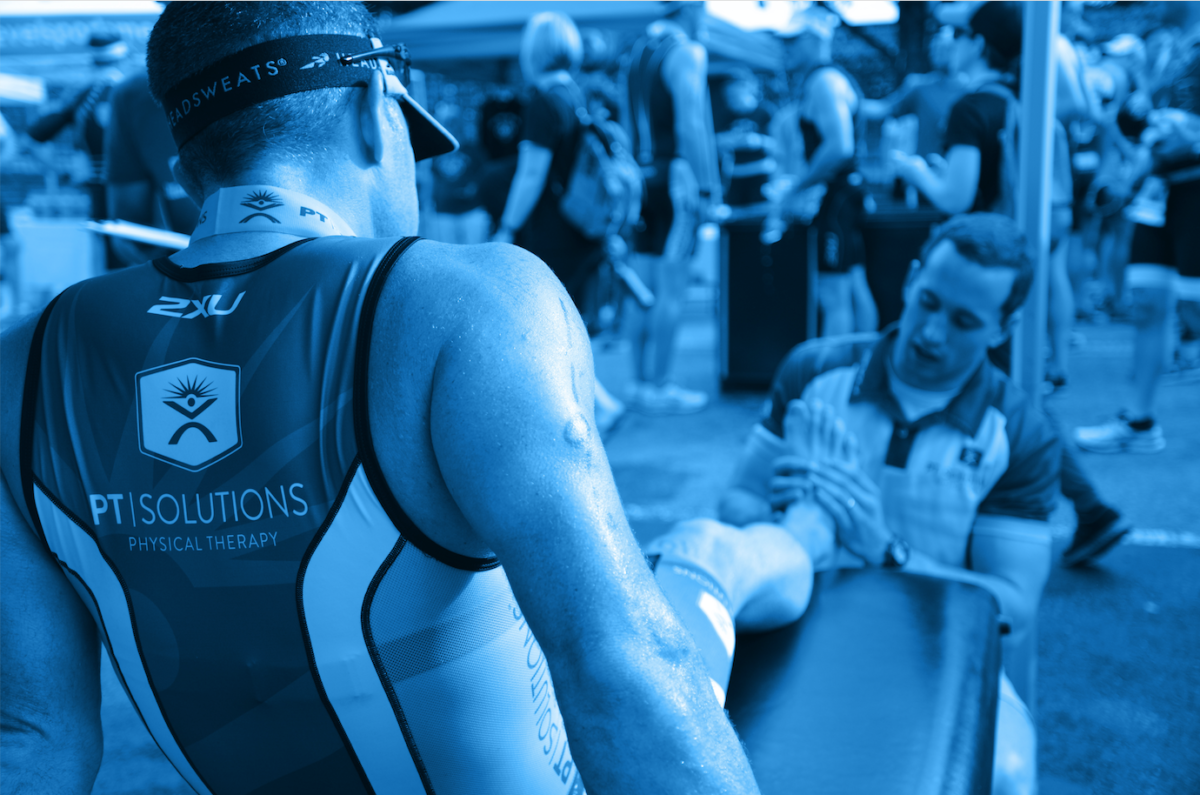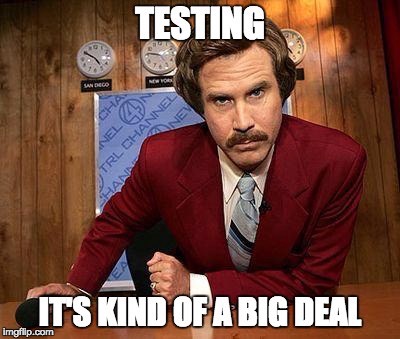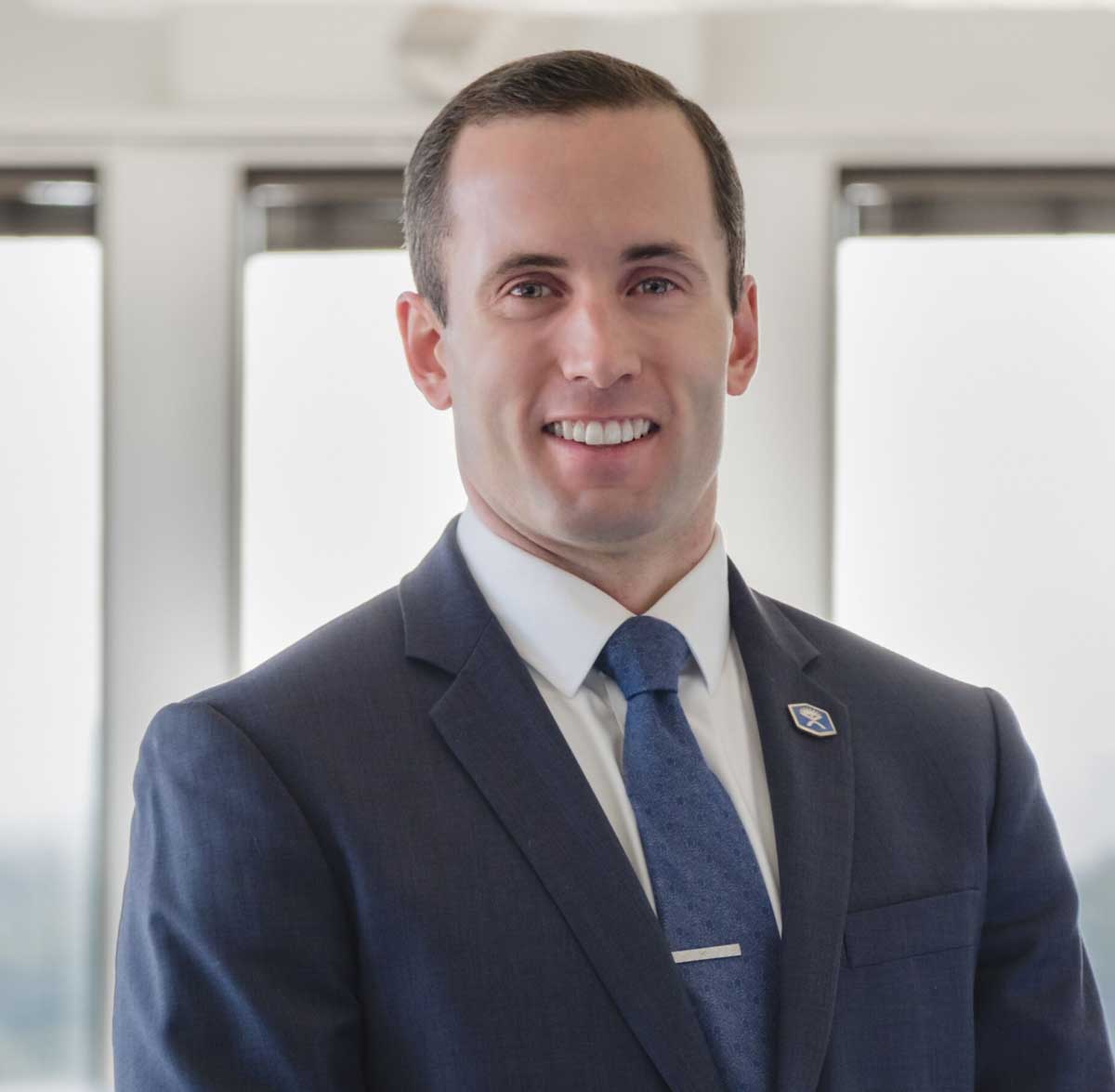Are Our Patients Learning Anything?
Read Time: 8 minutes

“We are what we repeatedly do. Excellence, then, is not an act, but a habit”
-Will Durant
Think back to the material you covered in PT School. Let’s go specifically to a class we all loved and thrived in…neuroanatomy. You know, the one with all the colorful tracks and brain regions that sound like Harry Potter characters. Now if you would please pull out a sheet of paper and kindly draw all the tracks of the spinal cord, add in all the neuron synapse locations, and label each region of the brain with the correct spelling. This shouldn’t be an issue because you learned it in school and passed all the exams. Right? Ok fine that is too long ago, and I am being unreasonable. Instead, take the most recent journal article you read, and jot down all the specific methods and outcomes in enough detail to replicate it? Well, how about a summary equal to that of an abstract? Hm, well this is depressing? Learning occured, did it not? Here’s the kicker, the same phenomenon of poor retention of information applies to a very important group of people: our patients.
What is the difference between learning and performance?
Learning refers to the relatively permanent changes in behavior or knowledge that support long-term retention and transfer. Performance refers to the temporary fluctuations in behavior or knowledge that can be observed and measured during or immediately after the acquisition process. Basically, performance is a student’s ability to ace a test after cramming for 2 days, while learning is a clinician’s ability to retain the information three months later when their patient needs it. Let’s take it a step further. Performance is when a patient performs a deadlift correctly immediately after receiving instruction on the proper technique, while learning is the ability to perform the same correct movement two months later when helping a friend move apartments. The distinction is vital for both cognitive and motor skill acquisition and retention. It applies to the education clinicians are providing to patients and the motor patterns they are helping develop.
You cannot practice too much
There are several principles that can be applied in the clinic to improve our ability to induce change in outcomes for both the short term – functional outcome and pain scores – and long term – future participation in community activities and avoidance of medication. Many of these concepts are covered in depth in a fantastic review by Soderstrom and Bjork.[1]
The first is overlearning. Overlearning is practicing a task despite having already achieved “mastery.” The problem with the perception of mastery is it is only being measured in the immediate term (i.e. performance). How many of you grew up playing an instrument? Can you still “master” the pieces you could play with ease as a child? Probably not. However, if we continued to practice a piece of music which we “mastered” over and over again, the likelihood we can retain the level of performance over time improves. How many hours did you ride a bike after you learned how, and when was the last time you jumped on one? Do you have any concerns you will fall off, regardless of the time your bike spends collecting dust?
Now let’s shift to cognitive performance and memory. When studying for an exam, we hit a point of perceived saturation where we believe we have mastered the material and can recite all the information at will. How long will this last? This is where the principle of overlearning comes into play. Overlearning aids in retention – including more complex verbal materials – and accelerates the rate of relearning.[2] The amount of time required to learn the material again after some delay is reduced. As alluded to with riding a bike, overlearning also benefits the learning of motor skills. In fact, learning occurs even after fatigue prevents any further gains in performance during acquisition. This is why it’s key to distinguish your patient’s improvement in performance versus the amount of learning that has occurred. Many of the assessments we perform, no matter how comprehensive they are or how many times they have been validated, still only assess performance.

So how do we best promote learning? Do we keep overlearning until the patient cries uncle? What is the most effective method of overlearning and teaching patients? There are many strategies grounded in evidence and many are easily applied. Before addressing them, we must understand the foundational concept necessary to differentiate learning and performance. The difference between a patient introducing their physical therapy to a friend when they cross paths at the grocery store and ducking down the aisle they have traversed three times may rely on this concept. I am referring to the spacing effect.
Cram and forget versus a little bit every day
The spacing effect refers to distributed or, well, ‘spaced’ practice. An abundance of literature over multiple decades has enlightened us that distributed practice is superior to massed practice – many sessions close together – for learning.[1] Now, you may be asking, if this is well known and accepted in the literature, why is it not common practice? The simple answer is spacing impairs performance.
Massing practice might promote rapid performance gains during training, while distributing practice facilitates long-term retention of that skill. In addition to fostering better retention of simple materials, spacing also improves the learning of more complex tasks (e.g. squatting and deadlifting) and higher-level concepts (e.g. pain neuroscience education). For motor and verbal, simple and complex, spacing improves long-term learning and skill retention while massed practice improves short-term performance. So, the question is, which is more important in your plan of care?
It depends. Do you need rapid patient buy in or a quick change in behavior and understanding? Then you may want to start with massed sessions. Do you need to completely unwind a patient’s perception of pain, improve their dietary habits, induce muscle hypertrophy, and develop and sustain new patterns after a chronic injury? You will likely experience more success with spaced practice. Well how about both? In a perfect world, perhaps. Unfortunately, there are a couple major barriers for our patients.
The first is the ability to tolerate and recover from massed sessions. Moderate and high irritability, chronic pain, poor dietary habits and sleep hygiene, and deconditioning all dampen our ability to recover from moderate and vigorous intensity exercise. The second issue is cost. Even if I sell my value and the care is efficacious, economics can still create a ceiling of money, or time, a patient is able to spend. Spacing out the sessions can often lessen the financial burden while getting the best long-term outcome. The key is to ensure the spacing isn’t too large, preventing carry-over of information and performance.
Bring on the tests
Let’s say you are using distributed practice, your patients are adhering to the home exercise program and are showing up for therapy, how do you know if you are successfully facilitating learning? Simple, you test it. While we all dreaded tests growing up, they have been implemented and used for a reason. Yes, testing has its limitations and can be affected by individual variables – such as test taking skills, anxiety, mental stamina, etc. – but for the most part, they allow us to assess what is stored in memory. A benefit of testing often ignored is that it serves as a vehicle that modifies what is stored in memory.

To-be-learned movements that are self-produced are typically better learned than those that are externally guided or simply observed. Testing a patient’s memory for verbal information (patient education), or having patients generate the information themselves, enhances long-term retention of that material compared with reading or hearing it over and over, even in cases when corrective feedback is not provided. This does not mean repeating education is useless, it means it is incomplete.
Generating items from semantic memory – successfully retrieved information – is better for learning than simply reading them.[3] There is a caveat. Generated items will always be associated with worse acquisition performance than read items if a test was given immediately after each item. This is the why many friends despise quizzing one another. Even if we know if will help in the long run, we don’t want to show off our lack of intellect, especially if our friend is ‘that guy’ who aces tests by simply walking close to a textbook.
Generated items will always be associated with worse acquisition performance than read items if a test was given immediately after each item. Similar to unsuccessful retrieval attempts in testing-effect studies, unsuccessful generation attempts prevent exposure to the material that will be tested later. Despite this short-term performance hindrance, generation still enhances long-term learning. Failed retrieval attempts, prior to filing away the memory, have been found to enhance learning. [4] Attempting to predict the to-be-learned response activates the broad semantic network associated with the cue word. The production of errors during acquisition can, under some circumstances, actually boost long-term retention.[5] Therefore, frequently testing a patient’s understanding and their ability to perform motor tasks in the clinic carries significant benefit. Granted, this must be tactfully performed.
Don’t hand out tests to your patients
Most people are easily frustrated with a single, yet alone multiple tests. Even if the benefits are explained, no one want to appear dumb or feel potential shame from frequently getting the answer wrong. Additionally, clinicians may find themselves frustrated with repeated incorrect answer and poor motor performance. They may falsely assume no progress is being made. As long as the patient is making an effort, stay the course and the benefits will follow. Frequently test your patient’s understanding and ability to perform motor tasks in the clinic and assure the patient (and yourself) that benefits are obtained despite the lack of improved short-term performance. Bear in mind, the concept of learning versus performance is not exclusive to patient interactions.
Every day provides ample learning opportunities. Some of these opportunities are structured – continuing education courses, school lectures, clinical rounds, well-constructed blogs, etc. – while other require more active reflection, such as patient encounters. To better our learning and development as clinicians, we will find more success if we use the aforementioned strategies. Test our understanding of literature we read. Review notes from a continuing education course we attended last month on a weekly basis. Implement clinical strategies on a variety of patients and seek feedback from both the patients and colleagues. By employing distributed and variable practice and testing, we are able to enhance our long-term performance for the betterment of our patients.
References
- Soderstrom, N.C. and R.A. Bjork, Learning versus performance: an integrative review. Perspect Psychol Sci, 2015. 10(2): p. 176-99.
- Driskell, J.E., R.P. Willis, and C. Cooper, The effect of overlearning on retention. Journal of Applied Psychology, 1992. 77: p. 615-622.
- Bertsch, S., et al., The generation effect: a meta-analytic review. Mem Cognit, 2007. 35(2): p. 201-10.
- Kornell, N. and L.K. Son, Learners’ choices and beliefs about self-testing. Memory, 2009. 17(5): p. 493-501.
- Potts, R., G. Davies, and D.R. Shanks, The benefit of generating errors during learning: What is the locus of the effect? J Exp Psychol Learn Mem Cogn, 2019. 45(6): p. 1023-1041.
ABOUT THE AUTHOR

Zach Walston (PT, DPT, OCS) grew up in Northern Virginia and earned his Bachelor of Science in Human Nutrition, Foods, and Exercise at Virginia Polytechnic Institute and State University. He then received his Doctorate of Physical Therapy from Emory University before graduating from the PT Solutions’ Orthopaedic Residency Program in 2015.
Zach has numerous research publications in peer-reviewed rehabilitation and medical journals. He has developed and taught weekend continuing education courses in the areas of plan of care development, exercise prescription, pain science, and nutrition. He has presented full education sessions at APTA NEXT conference and ACRM, PTAG, and FOTO annual conferences multiple platforms sessions and posters at CSM.
Zach is an active member of the Orthopedic and Research sections of the American Physical Therapy Association and the Physical Therapy Association of Georgia. He currently serves on the APTA Science and Practice Affairs Committee and the PTAG Barney Poole Leadership Academy.